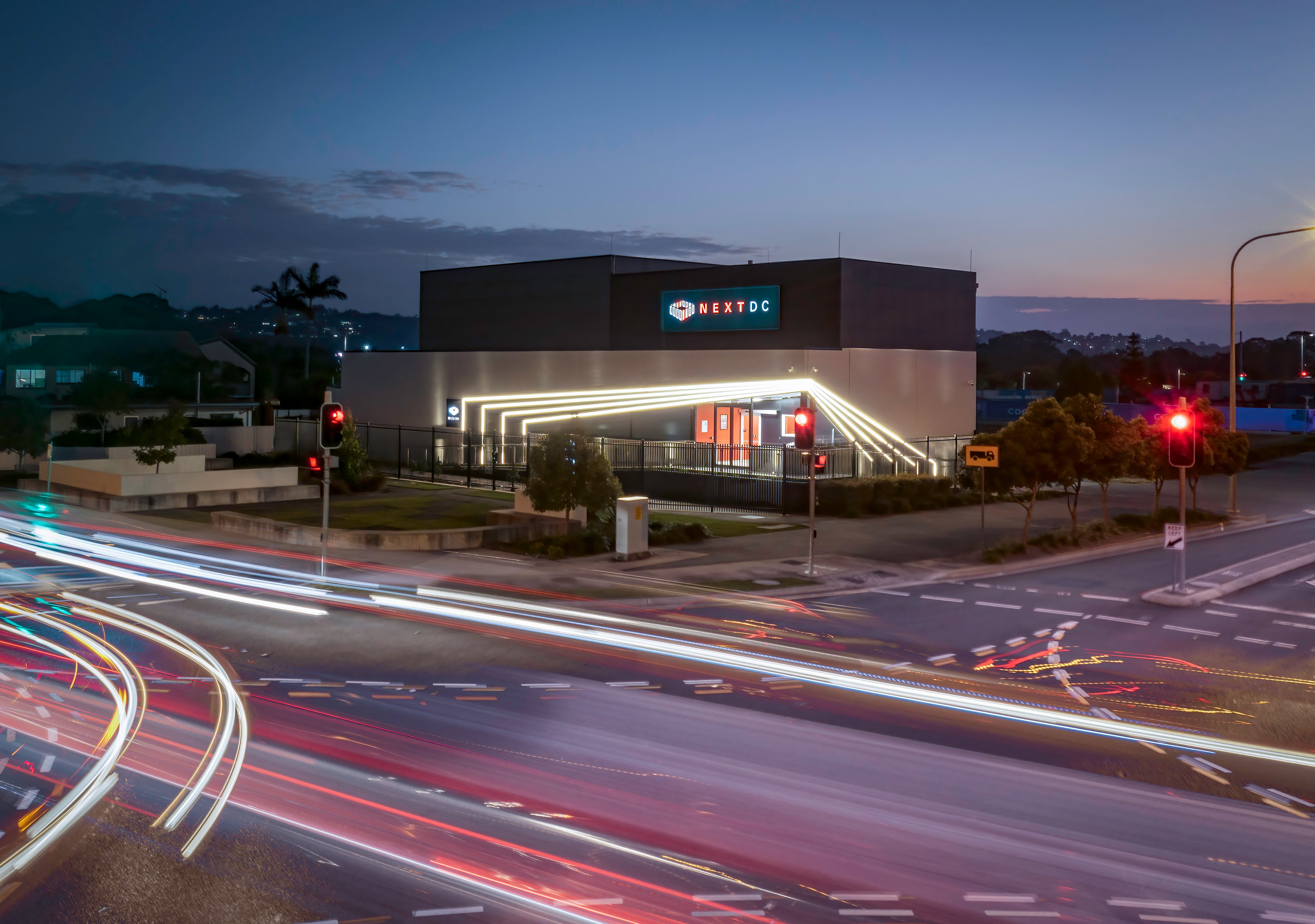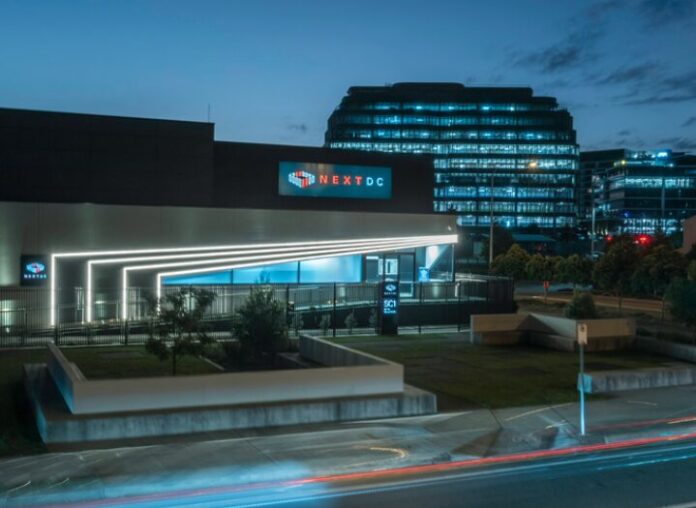Sunshine Coast Council has announced it will partner with Google and data centre operator, NEXTDC, on Australia Connect, an initiative to further the reach, reliability and resilience of digital connectivity in Australia and the Indo-Pacific.
Australia Connect is set to deliver new subsea cable systems and build on the Pacific Connect initiative.
The partnership with Council will progress the development of a new landing point in Australia for the Tabua trans-Pacific subsea cable that will connect the United States and Australia to Fiji.
This is predicted to land at NEXTDC’s SC1 data centre in Maroochydore, Sunshine Coast, in 2025, the project and will offer enhanced cable connectivity with faster, more resilient internet infrastructure for businesses in previously unconnected markets.
Sunshine Coast Mayor, Rosanna Natoli said the initiative was an outstanding win for the region, with the benefits also extending far beyond improved connectivity.
“Australia’s entire digital landscape is changing thanks to the vision of the Sunshine Coast community,” Mayor Natoli said.
“Creating a point of difference by investing in digital infrastructure is helping to develop a thriving, tech-enabled future.
“We are excited to partner with Google and NEXTDC on this project, to help improve digital resilience across the country and the new Pacific.
“The additional cable complements a range of existing technology capabilities including WIFI 6 and will be strategically located in the 100% uptime Tier III facility owned and operated by NEXTDC.
“This project builds on the significant progress being made to establish Maroochydore City Centre as one of Australia’s fastest growing innovation hubs.”
Mayor Natoli said Maroochydore City Centre was an ideal investment destination for both international and Australian-based businesses.
“It offers excellent domestic and international connectivity through both the Sunshine Coast and Brisbane airports and premium A-grade offices being delivered as part of Sunshine Coast Council’s $2.5 billion agreement with Walker Corporation,” she said.
“Maroochydore City Centre also offers a highly skilled workforce in key targeted economies such as the digital economy, world class schooling options, an enviable lifestyle and a Council committed to partnering with businesses to grow the regional economy.
“The initiative also cements the Sunshine Coast’s position as a prime location for technology-related investments in Australia following Council’s multiple Gold awards received from the International Economic Development Council in the United States.
“The Tabua subsea cable system will enhance our region’s already enviable digital infrastructure, making it even more attractive to international businesses and investors who are already viewing the region with interest.”

Mayor Natoli said the system was a welcome addition to the existing Sunshine Coast’s International Broadband Network which provides the fastest international connection point from Australia’s East Coast to Asia.
“For the Sunshine Coast to be chosen for this investment is clear evidence that we have a reputation as a leading player in the Asia-Pacific technology environment,” she said.
“The Tabua subsea cable system will play a crucial role in continuing to shape the Sunshine Coast’s future, ensuring the region is a burgeoning investment destination of choice for technological connectivity, advancements and economic prosperity.”
NEXTDC Managing Director and CEO, Craig Scroggie said the company was thrilled to expand its strategic partnership with Sunshine Coast Council and Google in support of the Australia Connect initiative.
“This initiative strengthens the Sunshine Coast’s position as a hub for investment and further fortifies Australia’s digital economy,” said Mr Scroggie.
Google Cloud Global Network Infrastructure Vice-President, Brian Quigley said Google was pleased to collaborate with the Council to bring a new landing for the Tabua subsea cable in Eastern Australia.
“This project will help increase the reliability and resilience of digital connectivity in the Indo-Pacific by improving reliability, adding capacity and reducing latency,” Mr Quigley said.


